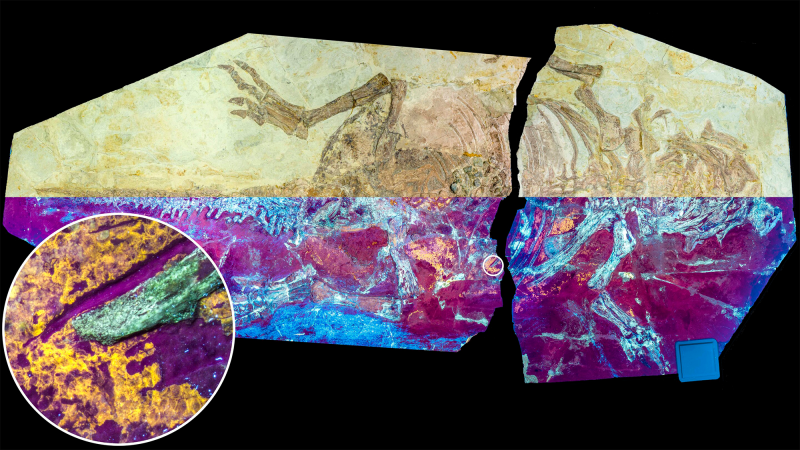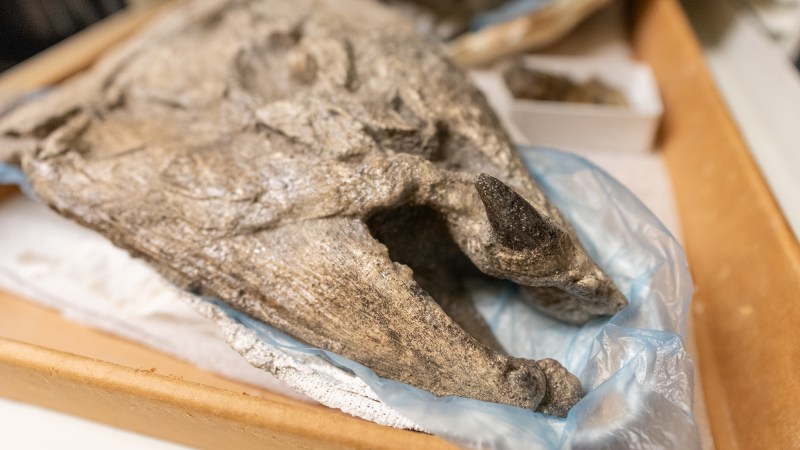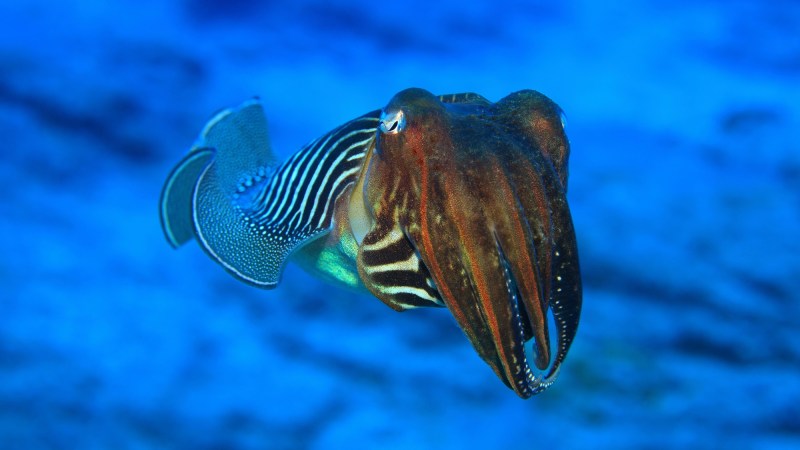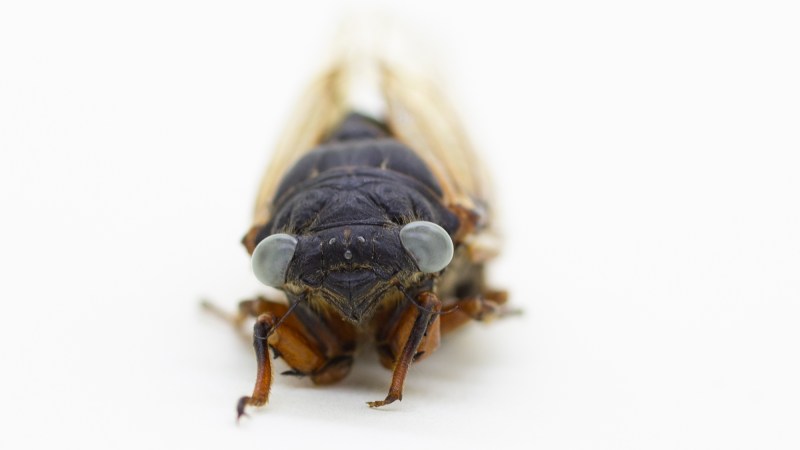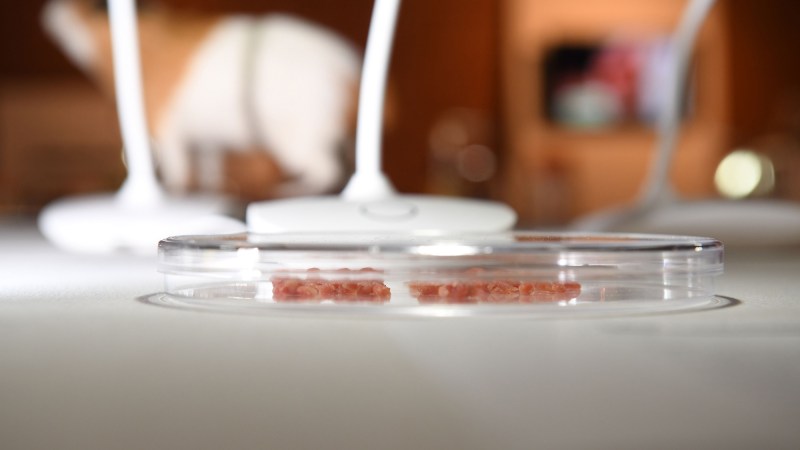Blood-sucking, parasitic human body lice may be more effective at transmitting the bacterium that causes bubonic plague than scientists originally thought. A laboratory study published May 21 in the journal PLOS Biology found that lice may have spread Yersinia pestis (Y. pestis) efficiently and contributed to past pandemics the way that fleas do.
Y. pestis has been the bacterium responsible for numerous pandemics, most notably the Black Death. Bubonic plague killed an estimated 25 million people across Europe in the Middle Ages from 1347 to 1351. The Y. pestis bacterium naturally cycles between rodents like rats and the fleas that bite the rodents. The fleas can then infect humans through bites, so fleas have been believed to be the primary driver behind plague pandemics.
There have been debates among scientists and historians about the very nature of the spread of the Black Death, with some medical historians questioning if body lice may have also been driving up plague cases. These lice are different from head lice that frequently cause itchy scalps in elementary schools, but they both feed on human blood. Body lice can also carry Y. pestis.
[Related: Plague DNA was just found in 4,000-year-old teeth.]
To clarify body lice’s potential role in transmitting plague, the team on this study from the National Institute of Allergy and Infectious Diseases designed a series of experiments in a lab. The lice fed on blood samples containing Y. pestis and used membrane feeders. These feeders simulate warm human skin, so the scientists could study transmission potential in a laboratory setting.
The body lice that became infected with Y. pestis and were capable of routinely transmitting it after they ate blood containing levels of the pathogen that are similar to those found in actual human plague cases. The team also found that Y. pestis can infect the lice’s Pawlowsky glands. When infected, this pair of salivary glands transmitted the pathogen more consistently than the lice who only carried the infection in their digestive tract.
The team believes that Pawlowsky glands secrete some kind of lubricant onto the lice’s mouthparts. In infected lice, these secretions may contaminate the bug’s mouthparts with Y. pestis, which may then spread to humans when bitten by the lice. This could mean that body lice may be more efficient spreaders of Y. pestis and may have played a role in previous outbreaks.
[Related: You could get the plague (but probably won’t).]
“You could see transmission as early as day one, but more bacteria were transmitted on days three to seven after infection,” Joe Hinnebusch, a study co-author and retired senior investigator at the National Institute of Allergy and Infectious Diseases Laboratory of Bacteriology, told NBC News.
According to the Centers for Disease Control and Prevention, about one to 17 cases are reported annually. Most cases are found in the rural western United States, where people usually contract the disease when hunting near prairie dog burrows or getting bitten by infected prairie dog fleas.




